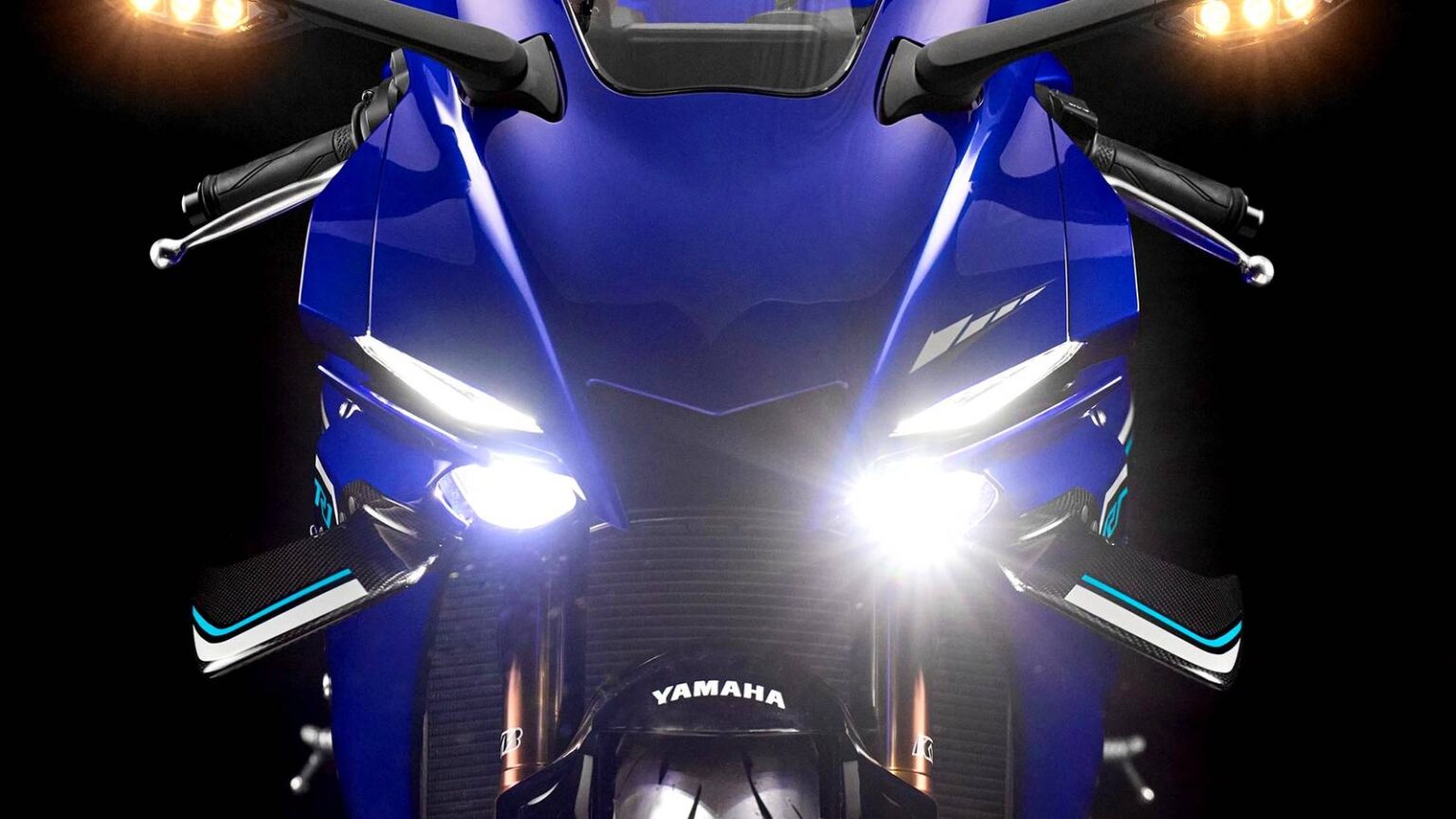The only forced-induction production motorcycle engine today comes from Kawasaki. But judging from new patents, this segment of hyper-performance mills will soon expand. Honda seems to be cooking up their version of an electrically supercharged V3 and now, Yamaha is quietly at work on a new modern turbocharged engine.
This isn’t Yamaha’s first rodeo with a forced-induction engine, though. The Japanese automaker has showcased a turbocharged inline-3 engine in 2020. These fresh patents assure us that Yamaha is still dabbling with the idea. Thanks to the Kawasaki H2’s popularity and Honda’s eagerness to create an all-new forced-induction engine, the “prototype” idea of a turbocharged Yamaha motorcycle is again doing the rounds.
Yamaha Patents Show An Electronic Turbo Motorcycle Engine
All The Boost Minus The Lag
As mentioned earlier, this isn’t unfamiliar territory for Yamaha, as the brand created a working prototype of a three-cylinder 847cc turbocharged engine atop a modified MT-10. This five-year-old prototype was feisty, with 180 horsepower and 130 pound-feet of torque. It also had a greener side by cutting nearly 30 percent of carbon dioxide emissions and reducing other harmful gases like carbon monoxide and hydrocarbons. While there were benefits, the downsides outweighed them as additional weight, complex components, and most importantly, turbo lag would notably spoil the motorcycle riding experience.
The solution to this is what Yamaha has showcased with its latest patent images via an electrically assisted e-turbo setup. This is similar to a conventional exhaust-driven turbocharger, which uses the pressure from the exhaust gases to spin the turbine that drives compressed air into the engine’s intake. What differs here is an additional electric motor to spin the turbo when the exhaust pressure is not up to par. This eradicates its greatest con—turbo lag, providing a healthy dose of boost at all times, especially lower RPMs.
Yamaha’s E-Turbo System Focuses On Simplicity
Compact And Lightweight
Yamaha’s 2020 turbocharged motorcycle concept also had the problem of additional weight that neutralized its performance advantage. But this time around, Yamaha is taking a stripped-back approach with as few components as possible. The patents show that the electric motor that spins the turbo would take its juice directly from the generator driven by the crankshaft. It also showcases the use of capacitors to store short bursts of electricity, instead of a big and bulky battery. The patents also show the generator and e-turbo connected to a high-voltage electrical system. This is a common practice today in cars with e-turbos, but it uses a higher 48V architecture. How Yamaha transforms a motorcycle’s 12V system for the same remains to be seen, though. Simplifying the circuit are shorter wiring harnesses between the generator, the electronic control units, and the e-turbo.
Will Yamaha’s Turbocharged Motorcycle Become A Reality?
Unfortunately, we are in the dark regarding this, and the skepticism is certainly higher since Yamaha went to the extent of creating a turbocharged prototype and not green-lighting the project. But times have changed, and in 2025, Kawasaki has proven a market for forced-induction motorcycle engines, with the Ninja H2 now being over a decade old. Honda seems interested, too, with its unique take on supercharged motorcycles.
While Suzuki is rarely mentioned in this context, according to prior patents highlighted by our friends at Cycleworld, the 776 cc parallel-twin engine (that powers the GSX-8S, the GSX-8R, and the V-Strom 800) was initially designed as a turbocharged engine. So, this much heat should be enough confidence for Yamaha to whip out a wild turbocharged motorcycle. How about a wicked-looking turbocharged streetfighter? Yamaha, you listening?
Read the full article here


